THERE is enough evidence to back up the theory that Alia Bhatt is the number one leading lady in Bollywood right now.
She headlines this week’s big Bollywood release Rocky Aur Rani Kii Prem Kahaani and then makes her Hollywood debut in action thriller Heart of Stone, which has a Netflix world premiere on August 11. The big budget back-to-back blockbusters in contrasting genres show off the remarkable range of the actress and demonstrate just how much in demand she is.
Eastern Eye used both worldwide blockbusters as a perfect excuse to rank all of Alia Bhatt’s films, based on her performance and just how good (or not) each one is. (The countdown doesn’t include cameos or her small supporting role in RRR).
16. Sadak 2 (2020): The idea of starring in a sequel to 1991 film Sadak and teaming up with her legendary director father Mahesh Bhatt may have seemed like a great one, but it turned out to be the worst choice Alia has made. Whether it was the silly storyline, poor performances or outdated direction, nothing worked about this absolute stinker. Sadak 2 (above) crashed at the box office and its trailer became one of the most disliked videos in YouTube history.
15. Shaandaar (2015): The romantic comedy couldn’t make use of the crackling chemistry between Alia and her leading man Shahid Kapoor because of the incredibly poor writing. Instead of having any kind of cohesive storyline, it was more like a series of silly sketches and didn’t really make much sense. Not surprisingly, the film flop was quickly forgotten by audiences.
14. Kalank (2019): A huge budget, big star cast, stunning songs, superb cinematography, great costumes, and the backing of a major production house weren’t able to stop this period romantic drama (bottom left) from being a colossal disaster. Although visually stunning, terrible writing dragged the tedious drama into a dark hole. In terms of expectations, it is the biggest disappointment of her career so far.
13. Student of the Year (2012): The movie (above) will be remembered for introducing Varun Dhawan, Sidharth Malhotra and Alia, but very little else. The story of students quickly turned into a forgettable fare after the initial excitement died down. But it did show that the actress had star potential and kick-started an amazing cinema journey, with her being the most successful of the three newcomers launched.
12. Highway (2014): A film that divided audiences showed the young star had real calibre as an actress. Alia’s second film as a lead saw her play a young woman, who forms an unlikely bond with her kidnapper. She gained multiple Best Actress nominations for the challenging role and showed great screen presence. But as a movie with entertainment or repeat value, for many it fell short and had questionable messaging.
11. Badrinath Ki Dulhania (2017): The spiritual sequel to Humpty Sharma Ki Dulhania (2014) teamed up Alia with Varun Dhawan again, in another marriage set romantic comedy (bottom left). The film attempted to take a deeper dive into other issues like a woman’s right to choose career ahead of marriage. It was a little too fractured and couldn’t match the charm of the first film. But it did do decent business in cinemas and Alia was applauded for her performance.
10. 2 States (2014): The romantic comedy drama based on a best-selling book revolved around two young people who fall in love and overcome challenges generated by their different cultural backgrounds. The actress owns every scene in the relatable drama, which largely connected with audiences, without hitting top gear.
9. Darlings (2022): The actress made her debut as a producer with this dark comedy (above), which had a Netflix streaming site premiere. The story of a young housewife, teaming up with her mother to take revenge on an abusive husband offered audiences something different. It was too stretched out in places, but standout performances and the unique subject made it compelling.
8. Humpty Sharma Ki Dulhania (2014): The old school romance may have gone
down a tried and tested story troupe of an engaged woman, falling in love with another man, but it had plenty of entertainment value. That was largely due to the crackling chemistry between Alia and Varun Dhawan, along with great music. The tribute to Dilwale Dulhania Le Jayenge would be a commercial success.
7. Brahmastra: Part One – Shiva (2022): The superhero movie (above) took a long time to make and despite clocking up big box office numbers, it didn’t quite meet up to expectations. Alia played the love interest in the story of a young man, who discovers he has superpowers rooted in ancient tradition and goes on a collision course with dark forces. The stunning special effects helped Hindi cinema cross a new horizon. But the plans for a trilogy seem to have collapsed.
6. Kapoor & Sons (2016): Although this film was very much about two sons in a dysfunctional family, dealing with their own respective issues, the actress provided a perfect counterbalance with her character. She is brilliant in the critically acclaimed film, offering audiences something new, including a standout turn from Fawad Khan as son hiding his homosexuality.
5. Udta Punjab (2016): The versatile actress completely transformed herself for this crime drama (above), which had unconnected stories centred around the themes of drugs. She delivers one of the finest performances of her career as a young labourer, who is physically and sexually abused by gangsters. The brutal, brave, and brilliant performance stood out in an important movie, which also starred Shahid Kapoor, Diljit Dosanjh and Kareena Kapoor Khan.
4. Gully Boy (2019): The musical (above), was about an aspiring rapper from the Mumbai slums, played by Ranveer Singh. But Alia added an extra dramatic layer as his feisty girlfriend and won multiple Best Actress awards. The award-winning movie took her into a new zone and was also selected as India’s entry for the Best International Feature Film at the 92nd Academy Awards, but not nominated.
3. Raazi (2018): The cross-border spy drama (above) was a cracking big screen adaptation of Harinder Sikka’s acclaimed 2008 novel Calling Sehmat. The actress took centrestage in the story of a woman who marries a Pakistani military officer and relays information to India, prior to the 1971 war between the two countries. She won multiple Best Actress awards and even generated a popular meme.
2. Dear Zindagi (2016): The coming of age drama (above) may have been nominated for multiple awards, but it perhaps didn’t get the credit it deserved. The story of a young woman who gets a new perspective on life with the help of a psychologist had a lot of relatable moments and an ultimately uplifting message of hope. The fact that a lot of leading men, including Shah Rukh Khan, played supporting roles spoke volumes about Alia’s talent and the film’s important subject matter.
1.Gangubai Kathiawadi (2022): In terms of story, setting, direction, cinematography, taking centrestage and performance, this movie is arguably the finest of Alia’s career. She takes on the title role in the story based on true events of a young woman who is sold into a brothel and rises up to become a powerful figure in the Mumbai underworld. She won multiple Best Actress awards for the Sanjay Leela Bhansali directed drama and showed there isn’t a young star in Hindi cinema who can shine as brightly as her.

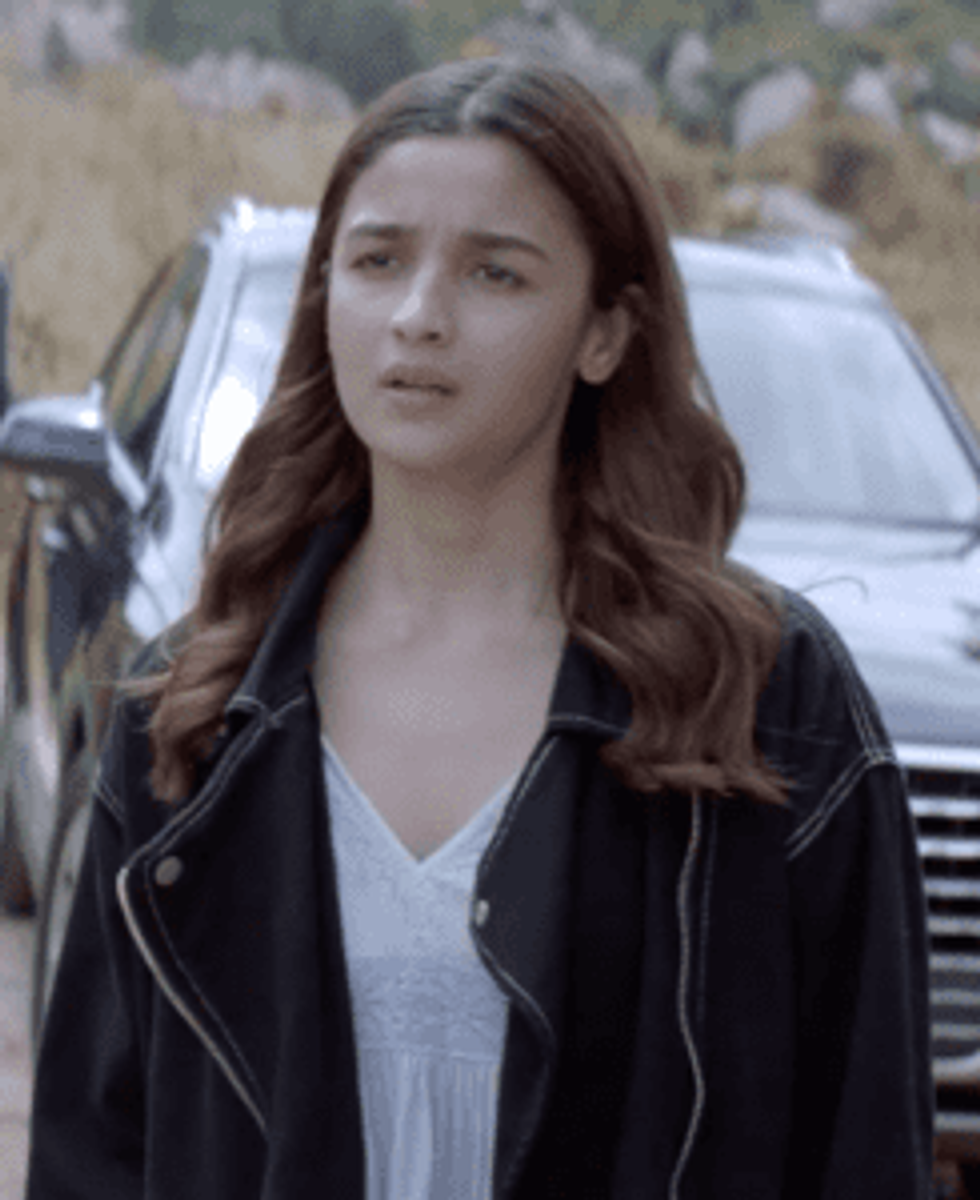

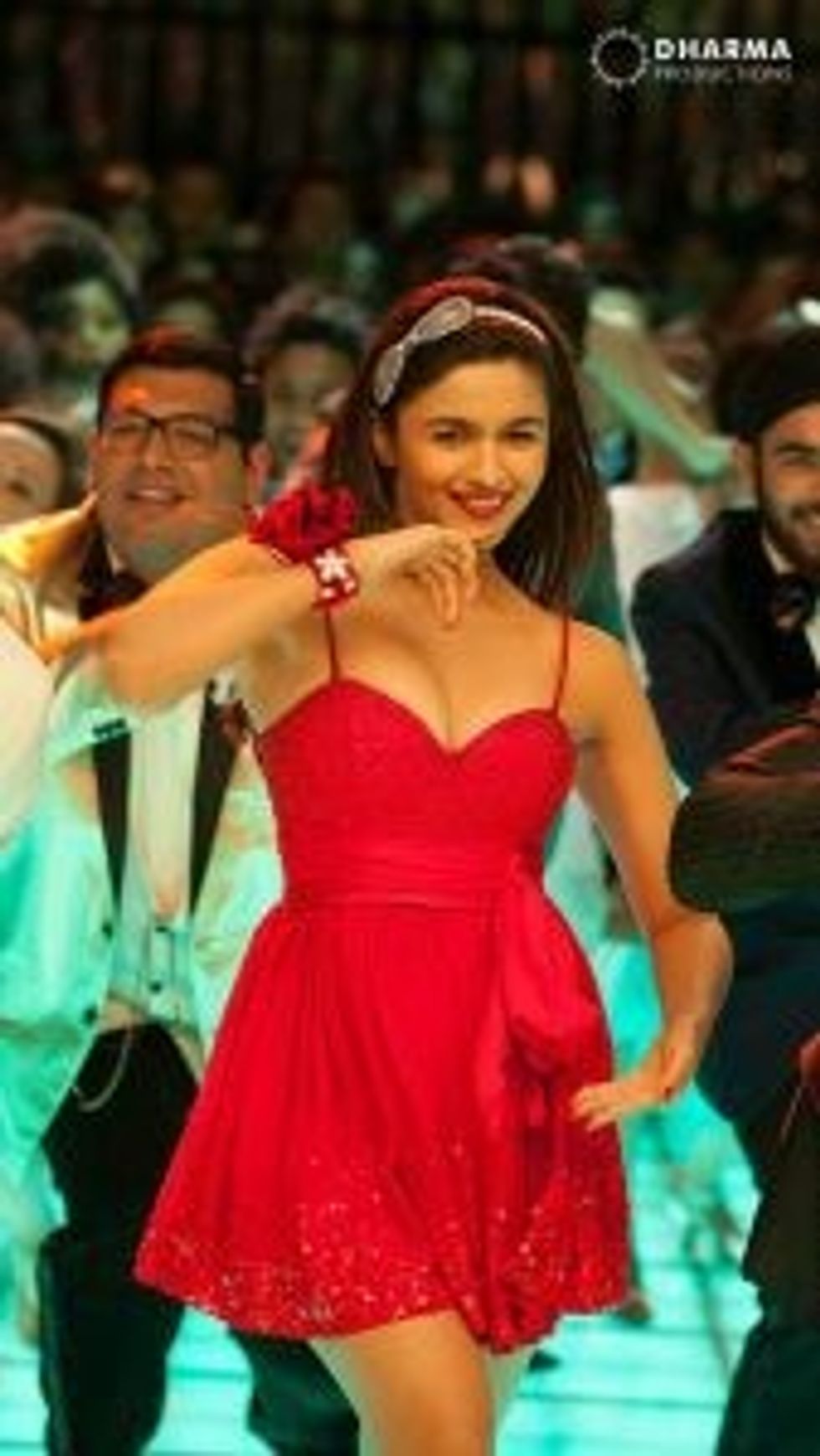
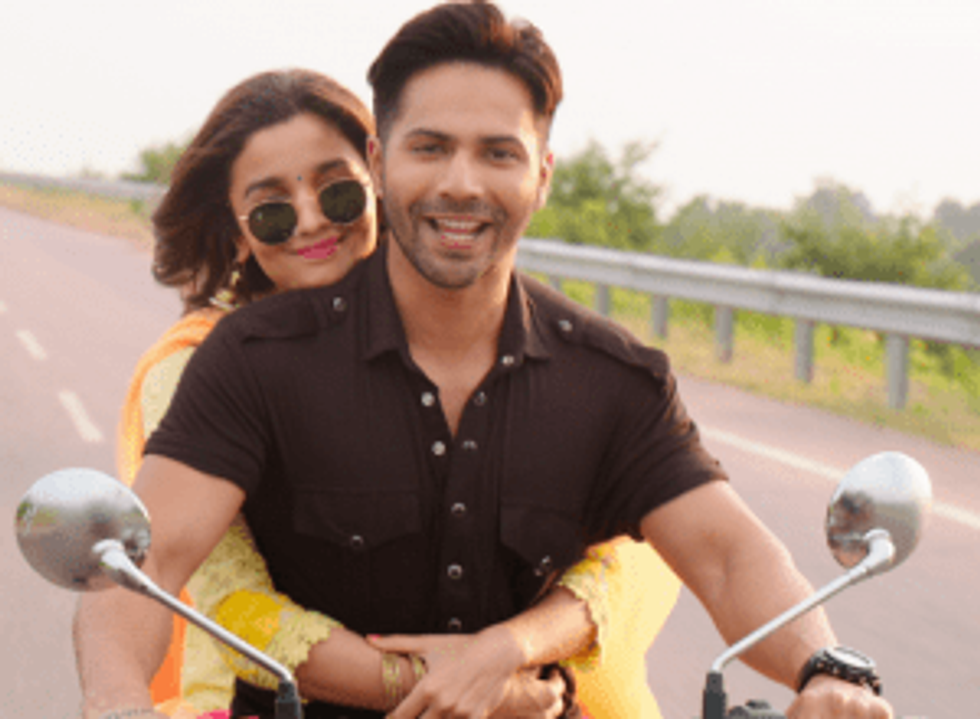
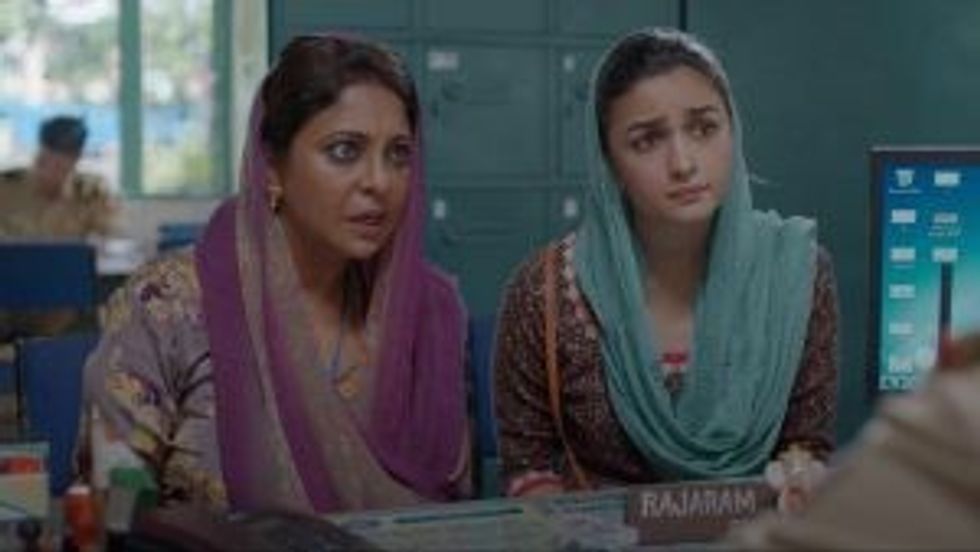
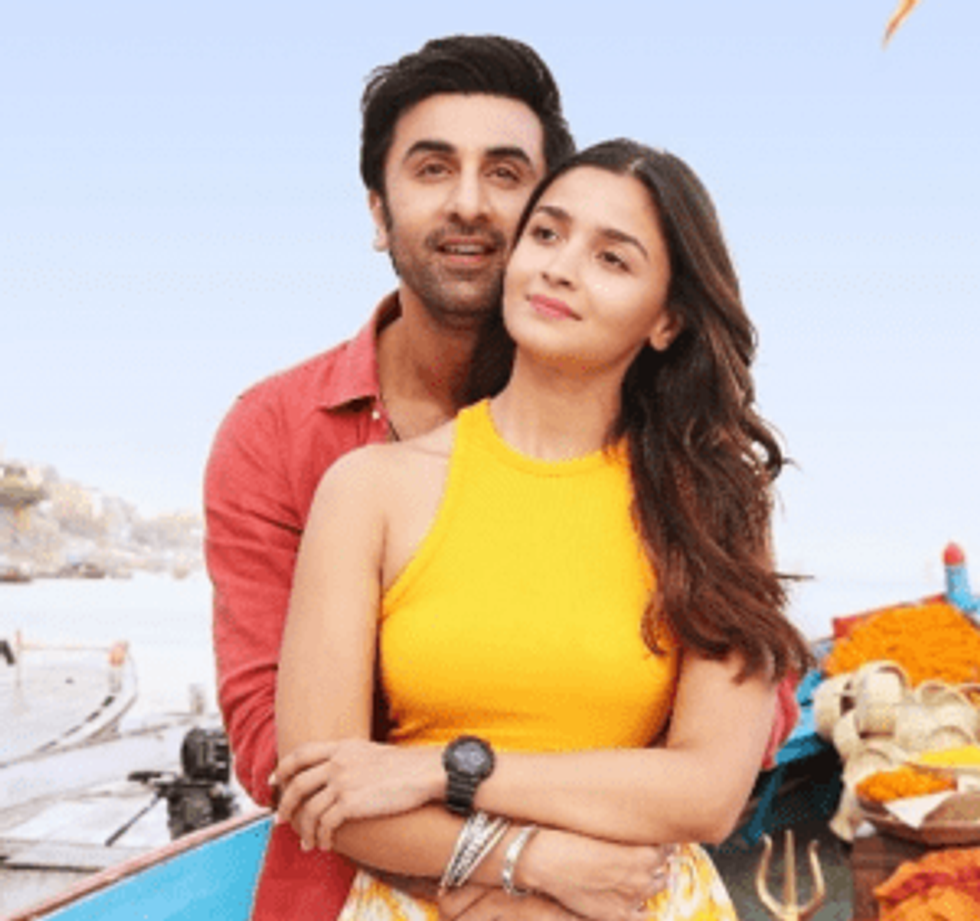
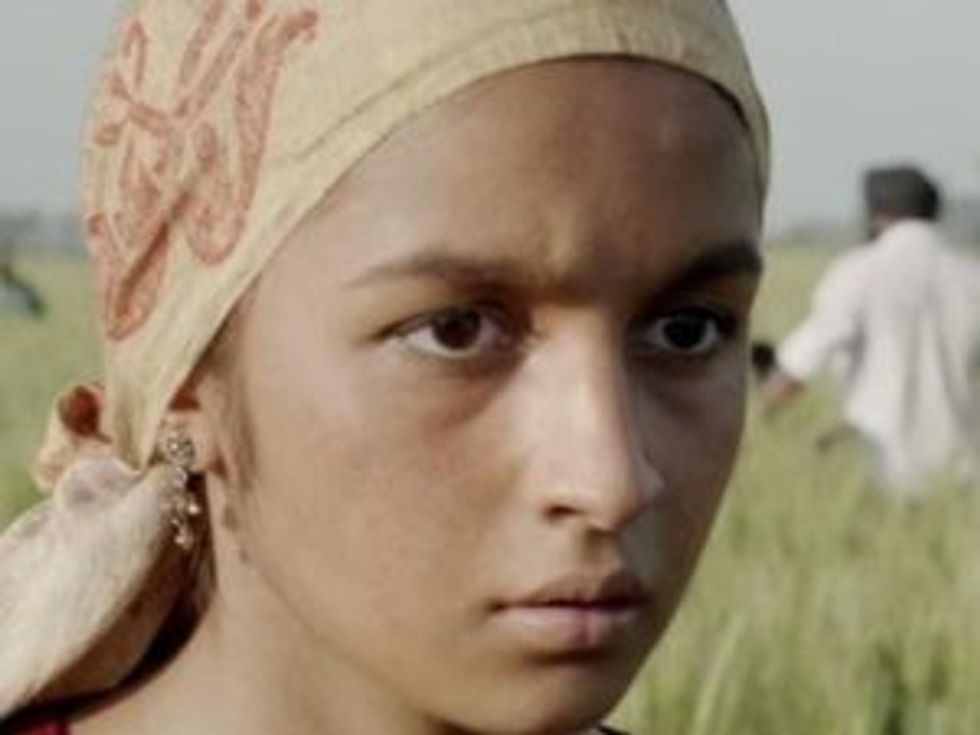
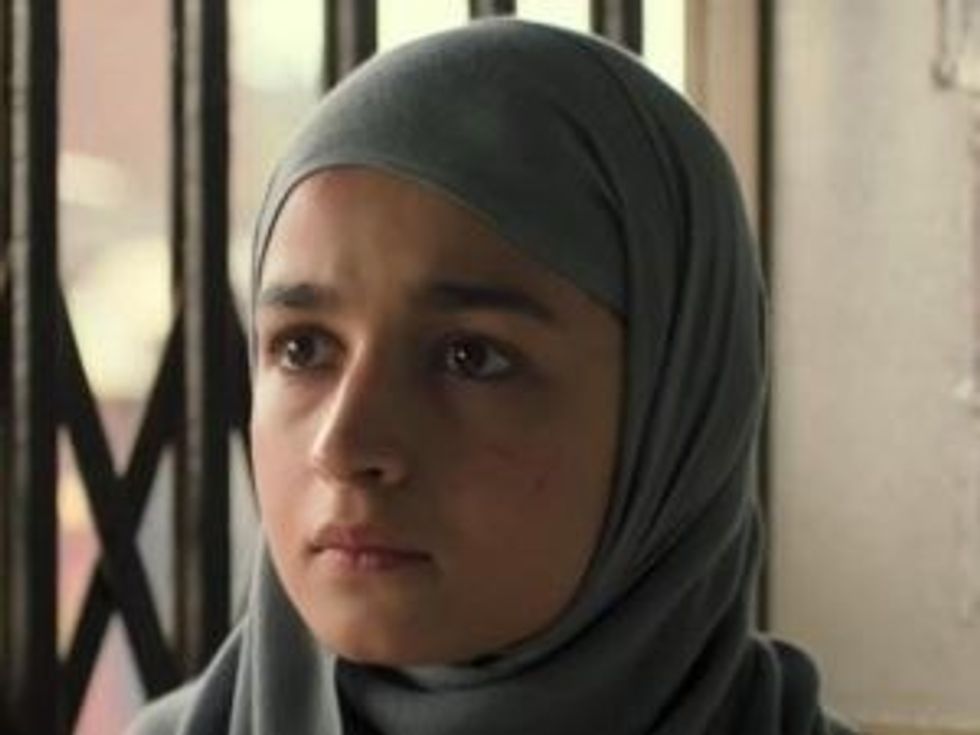
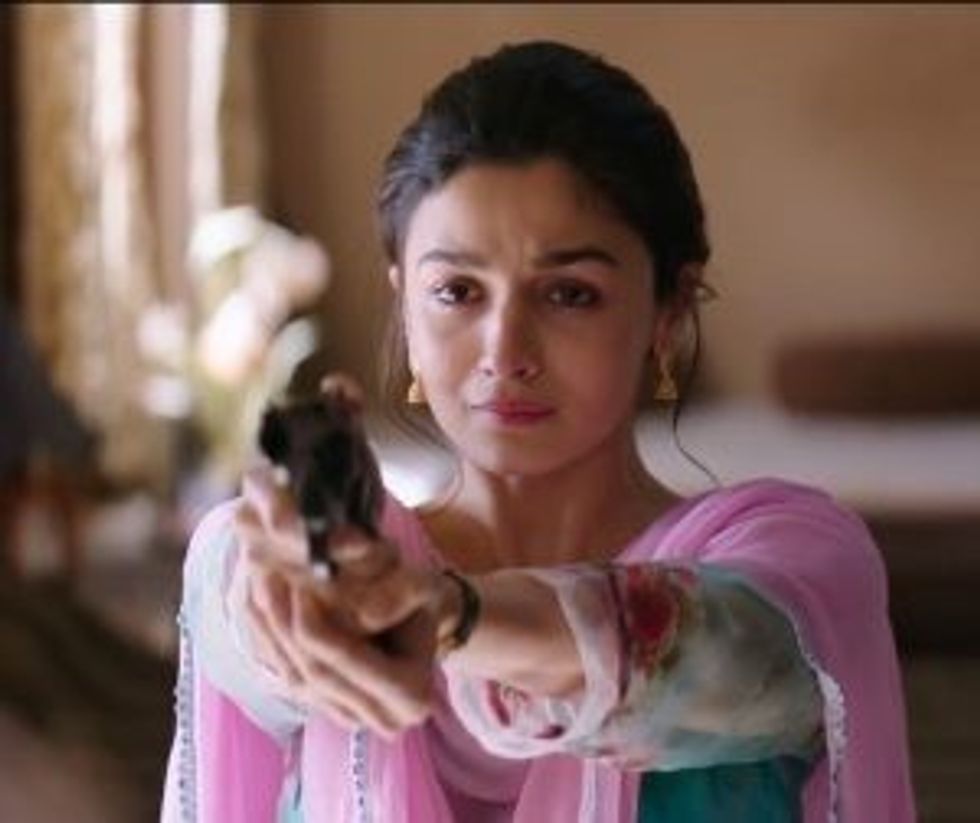
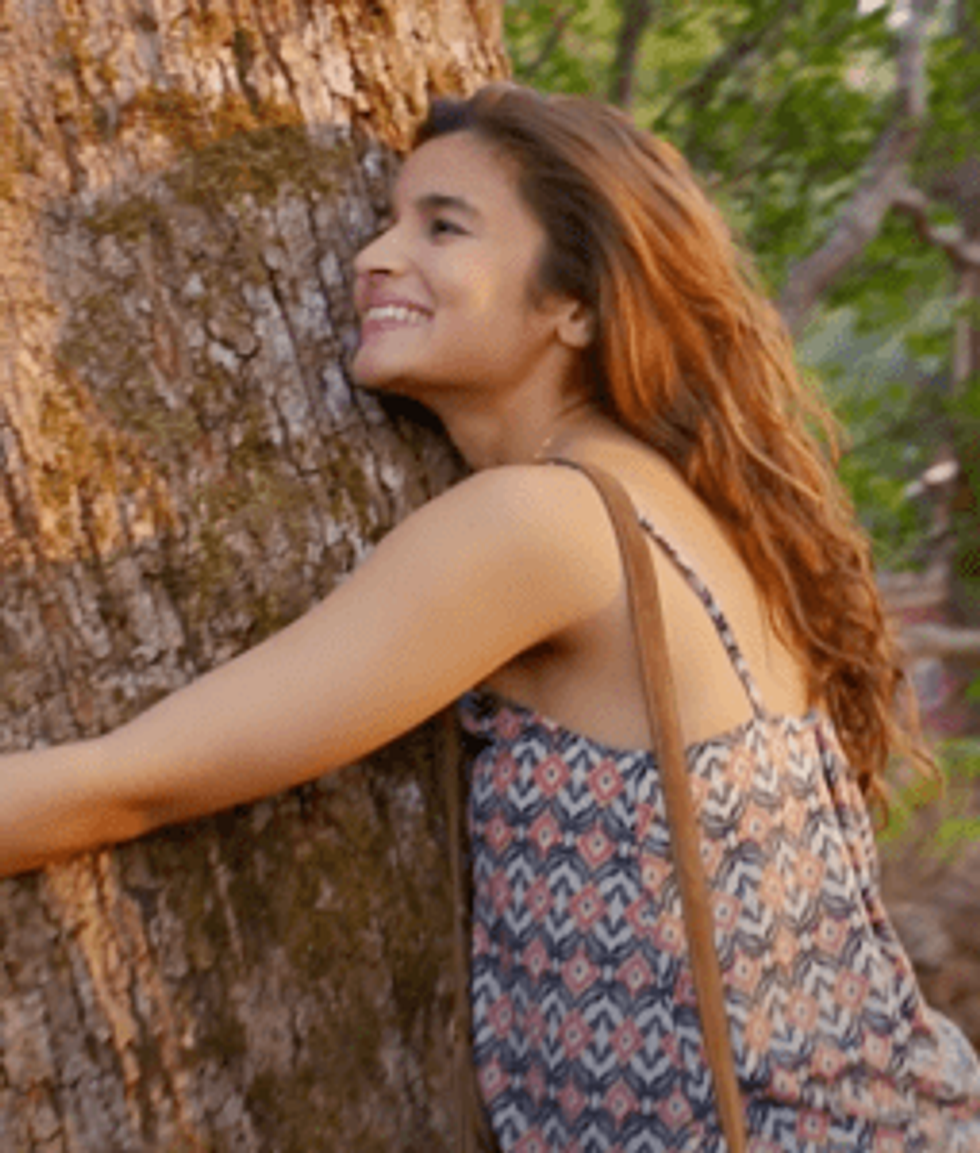





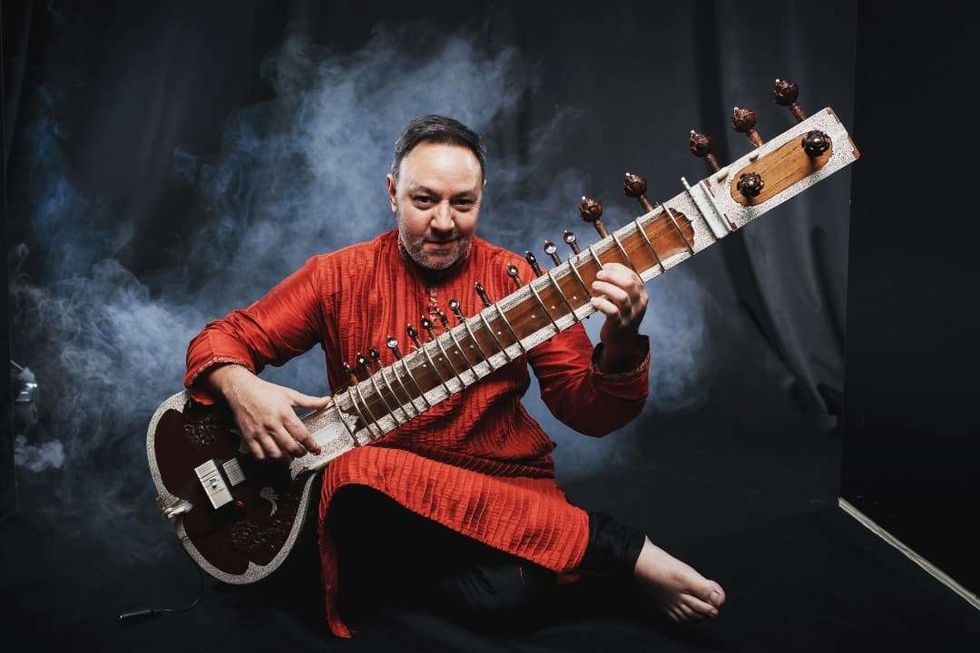 Jonathan Mayer on the sitar and beyond Instagram/the_sitarist/ @sat_sim
Jonathan Mayer on the sitar and beyond Instagram/the_sitarist/ @sat_sim  Redefining Indian classical music with Jonathan Mayer Akil Wilson
Redefining Indian classical music with Jonathan Mayer Akil Wilson Jonathan Mayer on music without boundaries Instagram/the_sitarist/
Jonathan Mayer on music without boundaries Instagram/the_sitarist/ Jonathan Mayer on teaching and performing Indian music Instagram/
Jonathan Mayer on teaching and performing Indian music Instagram/






